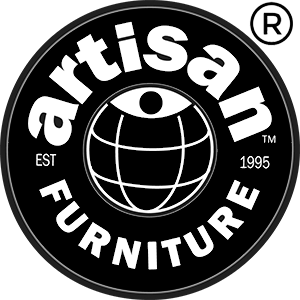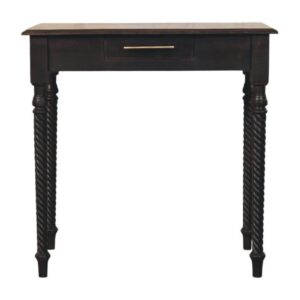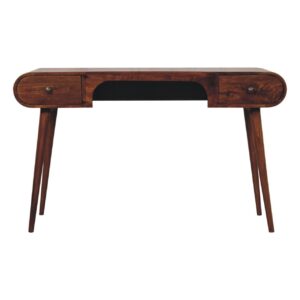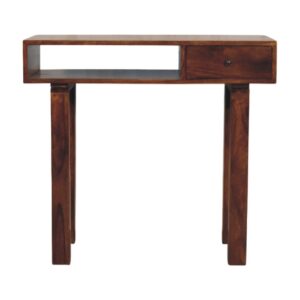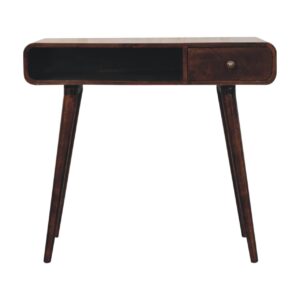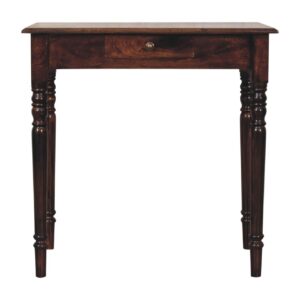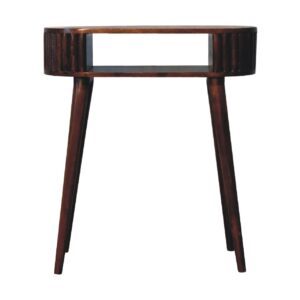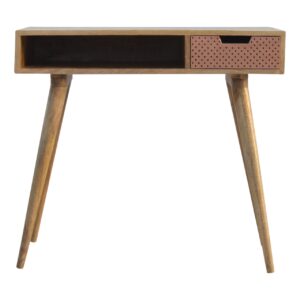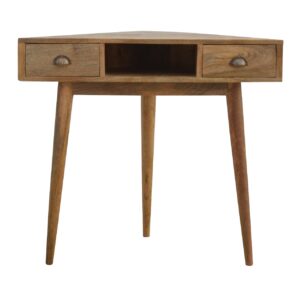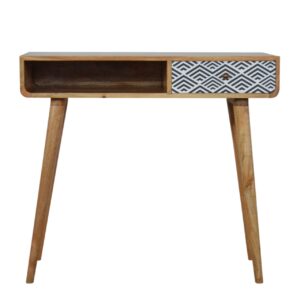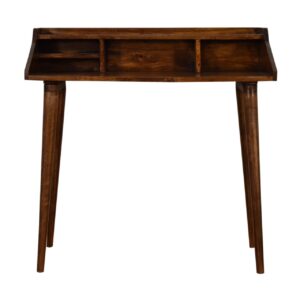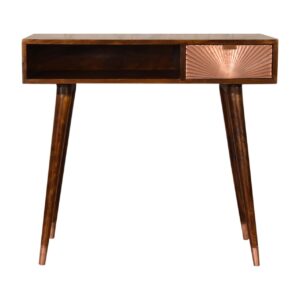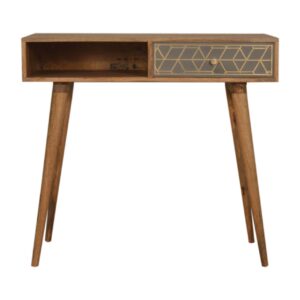Writing Desk for Kids
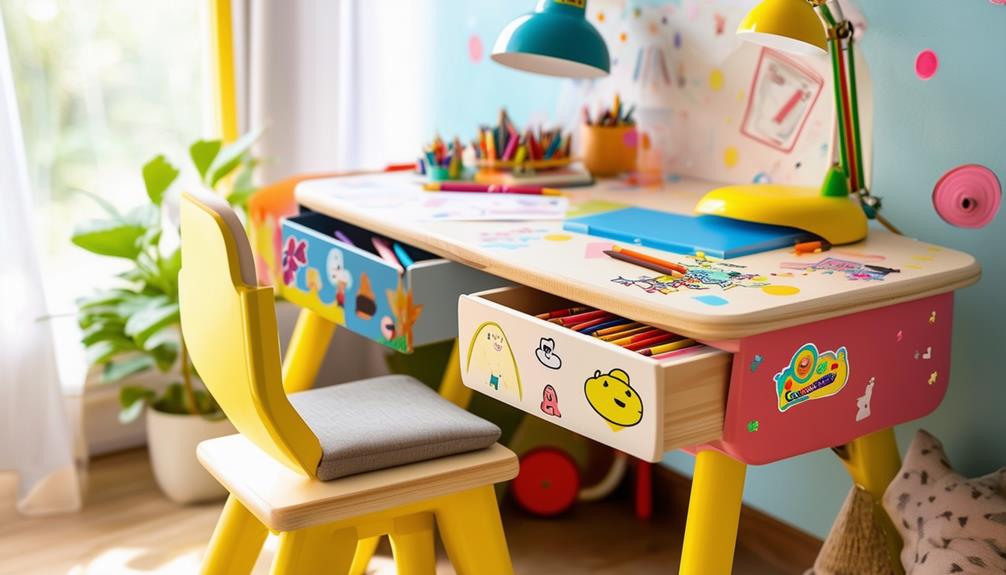
Writing desks for kids offer numerous benefits, including improved concentration, proper posture, and organizational skills. We recommend choosing a desk that's the right size for your child, with adjustable features to accommodate growth. Ergonomic designs promote comfort during extended study sessions, while built-in storage solutions help keep supplies organized. Popular styles range from modern and sleek to character-themed options. When selecting a desk, consider materials for durability and ease of maintenance. Assembly and regular upkeep are essential for longevity. Budget-friendly options are available, with prices starting from ₹3,399. The right desk can markedly enhance your child's learning environment and academic success.
Benefits of Kids' Writing Desks
When it comes to children's study habits, a dedicated writing desk offers numerous advantages that can greatly influence their academic journey and personal growth. We've found that these desks provide a focused workspace, enhancing concentration and promoting better productivity during homework sessions. This structured environment not only fosters improved study habits but also encourages creativity beyond academic pursuits.
Many writing desks for kids come with adjustable heights, allowing them to accommodate a child's changing needs as they grow. This feature guarantees long-term usability and value. Additionally, well-designed desks promote good posture, which is essential for reducing the risk of back strain and discomfort during extended study periods. We've observed that these ergonomic benefits contribute considerably to a child's overall well-being and ability to focus.
Furthermore, kids' writing desks often incorporate built-in storage solutions. These features help children organize their stationery and school supplies, instilling valuable lessons in tidiness and organization. By providing a dedicated space for various activities, including arts and crafts, these desks create an environment that nurtures both academic and creative pursuits, supporting a child's holistic development.
Choosing the Right Size
Selecting the right size for a kids' writing desk is essential for ensuring comfort, productivity, and long-term usefulness. We must consider several key factors when choosing the appropriate dimensions for a child's desk.
First, the height should allow for comfortable seating with feet flat on the ground, typically ranging from 22 to 30 inches depending on the child's age. Additionally, we recommend a desk surface area of at least 28 inches wide and 20 inches deep to provide adequate space for books, writing materials, and electronic devices.
When determining the ideal size for a kids' writing desk, we should consider the following points:
- An adjustable desk can accommodate height changes from early childhood through teenage years, providing long-term value.
- The desk's width should complement the room size, leaving at least 24 inches of space on either side for movement and accessibility.
- For younger children, a compact design with a maximum width of 36 inches is suitable for smaller play areas or bedrooms.
- The desk should provide a functional workspace while fitting comfortably within the available room space.
Ergonomic Features for Comfort
For kids' writing desks, ergonomic features play an essential role in guaranteeing comfort and promoting healthy posture during long study sessions.
We've found that desks designed with proper ergonomics can greatly reduce the risk of back pain, a common issue for children who spend extended periods studying. Many models we've encountered offer adjustable height options, which are important for accommodating growing children and maintaining the desk's usability over time.
In our research, we've noted that safety is another key consideration. Desks with rounded edges and soft surfaces minimize injury risks, creating a safer environment for young students.
We've also observed that models featuring built-in footrests provide additional support, encouraging proper leg positioning and enhancing overall comfort during use.
Additionally, we've seen that ergonomically designed desks often incorporate easily accessible storage solutions, which not only promote organization but also reduce strain from unnecessary stretching or bending.
Storage Solutions and Organization
Efficient storage solutions and organization features are essential components of a well-designed kids' writing desk.
We've found that many desks come with built-in storage options, such as shelves, drawers, and compartments, which help children keep their study materials and stationery organized. By utilizing vertical space with hutch designs, we can maximize storage capacity while maintaining a clutter-free workspace.
When selecting a writing desk for kids, we recommend considering the following features:
- Adjustable height designs with adaptable storage options
- Under-desk bins or baskets for easy access to supplies
- Multi-functional desks that combine study and play areas
- Vertical storage solutions like hutches or wall-mounted organizers
We've observed that desks with adjustable height features often include storage options that grow with the child, accommodating their changing needs throughout their school years.
Additionally, incorporating bins or baskets under the desk provides easy access to supplies and promotes a tidy study area, making cleanup simple for kids.
Multi-functional desks that combine study and play areas often include storage for art supplies and games, fostering a well-rounded environment for creativity and learning.
Popular Styles and Designs
When it comes to kids' writing desks, we've noticed a wide array of popular styles and designs that cater to different preferences and needs. Modern, ergonomic designs have gained significant traction, prioritizing comfort and proper posture during study sessions. These desks often feature sleek lines and adjustable components to support children's developing bodies.
We've also observed the rising popularity of corner desks, which efficiently utilize space in smaller rooms or study areas. This design allows for maximum workspace without overwhelming the room's layout.
Another trend we've identified is the use of adjustable height desks, which accommodate growing children and provide long-term value as their needs evolve.
For younger children, we've seen an increase in character-themed desks featuring popular designs like Barbie or Frozen. These desks capitalize on children's interests, encouraging them to engage more enthusiastically with their study space.
Materials and Durability Considerations
In light of the various options available, we've found that the materials used in kids' writing desks play an essential role in determining their durability and overall quality. The most common materials include engineered wood, solid wood, and metal, each offering distinct advantages.
Engineered wood desks are typically more affordable and lightweight, making them a popular choice for many families. However, solid wood options provide superior sturdiness and longevity, which can be particularly beneficial for children who use their desks daily.
When considering materials and durability, we've identified four key factors to keep in mind:
- Scratch-resistant finishes
- Non-toxic materials for safety
- Kid-friendly designs to prevent accidents
- Ease of maintenance and cleaning
We've observed that desks with scratch-resistant finishes tend to withstand the wear and tear of regular use more effectively. Additionally, it's vital to select desks constructed from non-toxic materials to guarantee a safe study environment for children.
Regular maintenance, such as cleaning with mild detergents and checking for loose screws, can greatly extend the lifespan of these desks, regardless of the material chosen.
Assembly and Maintenance Tips
Proper assembly and regular maintenance are essential for ensuring the longevity and safety of your child's writing desk. When assembling the desk, we recommend following the manufacturer's instructions meticulously to guarantee all components are correctly fitted and secure. This attention to detail will provide a stable and safe workspace for your child.
To maintain the desk's appearance and functionality, we suggest implementing a regular cleaning and maintenance routine. Here's a helpful table outlining key maintenance tasks:
| Task | Frequency | Method |
|---|---|---|
| Surface cleaning | Weekly | Soft cloth, mild detergent |
| Screw tightening | Monthly | Manual inspection, tightening |
| Organizational check | Bi-weekly | Declutter, reorganize |
| Deep cleaning | Quarterly | Thorough cleaning, inspection |
We advise against using harsh chemicals or abrasive materials when cleaning the desk, as these can damage the finish. Instead, opt for a soft cloth and mild detergent to preserve the desk's appearance. Regular tightening of screws is vital to maintain stability, especially after prolonged use. Encouraging your child to keep their workspace organized by storing stationery and materials in designated areas will not only maintain the desk's condition but also promote focus and productivity.
Creativity-Boosting Desk Accessories
Creativity-boosting desk accessories can transform a child's workspace into an inspiring haven for learning and imagination.
We've compiled a list of essential items that can enhance your child's creative environment while promoting organization and efficiency.
To create an engaging and stimulating workspace, we recommend incorporating the following elements:
- Colorful organizers: Bright pencil holders and file organizers not only add visual appeal but also encourage children to maintain a tidy workspace, fostering good organizational habits.
- Inspirational wall art: Motivational posters or wall decals placed near the desk can serve as constant reminders of a child's potential, inspiring them during study sessions and creative pursuits.
- Diverse writing tools: Providing an array of writing instruments, such as colored pens, markers, and highlighters, enables children to express their creativity through various mediums.
- Interactive surfaces: Incorporating whiteboard surfaces or chalkboard stickers allows for spontaneous brainstorming and idea generation, enhancing creative thinking processes.
Additionally, we suggest implementing functional storage solutions like drawer organizers and stackable bins to maintain a clutter-free environment.
Budget-Friendly Options for Parents
We've found five budget-friendly writing desk options for kids that won't break the bank, ensuring parents can provide a dedicated workspace without overspending.
Our research reveals that prices for quality desks can start as low as ₹3,399, exemplified by the Best Friends Study Desk, which offers a substantial discount from its original ₹6,000 price tag.
Many manufacturers, such as those producing the Ben 10 Study Desk, offer significant markdowns of 40-50%, making these essential pieces of furniture more accessible to cost-conscious families.
We've observed that online platforms frequently feature promotional sales, allowing savvy shoppers to save up to 75% on select models.
For those who prefer to spread out their expenses, EMI options starting from ₹1,423 per month are available, providing financial flexibility.
We've also identified several appealing options under ₹4,000 that combine functionality with child-friendly designs, catering to both practical needs and aesthetic preferences.
These budget-conscious choices don't compromise on quality or style, offering parents the opportunity to invest in their children's educational environment without straining their finances.
-
Cordelier Turned-Leg Writing Desk
₹16,520Original price was: ₹16,520.₹11,234Current price is: ₹11,234. (incl. GST)Available on back-order
Add to basket -
Storage and Display
Chestnut London Arch Writing Desk
₹27,376Original price was: ₹27,376.₹18,616Current price is: ₹18,616. (incl. GST)Available on back-order
Add to basket -
Tula 1 Drawer Chestnut Writing Desk
₹17,110Original price was: ₹17,110.₹11,635Current price is: ₹11,635. (incl. GST)Available on back-order
Add to basket -
Bedside Tables
Curved California Walnut Writing Desk
₹19,706Original price was: ₹19,706.₹13,400Current price is: ₹13,400. (incl. GST)Available on back-order
Add to basket -
Storage and Display
California Walnut Writing Desk
₹13,216Original price was: ₹13,216.₹8,987Current price is: ₹8,987. (incl. GST)Available on back-order
Add to basket -
Bedside Tables
Stripe Chestnut Writing Desk
₹11,564Original price was: ₹11,564.₹7,864Current price is: ₹7,864. (incl. GST)2 in stock
Add to basket -
Bedside Tables
Perforated Copper Writing Desk
₹18,880Original price was: ₹18,880.₹12,838Current price is: ₹12,838. (incl. GST)2 in stock
Add to basket -
Bedside Tables
Solid Wood Corner Writing Desk
₹16,638Original price was: ₹16,638.₹11,314Current price is: ₹11,314. (incl. GST)2 in stock
Add to basket -
Bedside Tables
Monochrome Print Writing Desk
₹18,408Original price was: ₹18,408.₹12,517Current price is: ₹12,517. (incl. GST)2 in stock
Add to basket -
Bedside Tables
Chestnut Multi Drawer Writing Desk
₹20,414Original price was: ₹20,414.₹13,882Current price is: ₹13,882. (incl. GST)2 in stock
Add to basket -
Bedside Tables
Manila Rose Gold Writing Desk
₹20,414Original price was: ₹20,414.₹13,882Current price is: ₹13,882. (incl. GST)2 in stock
Add to basket -
Bedside Tables
Dice Writing Desk
₹19,588Original price was: ₹19,588.₹13,320Current price is: ₹13,320. (incl. GST)2 in stock
Add to basket
